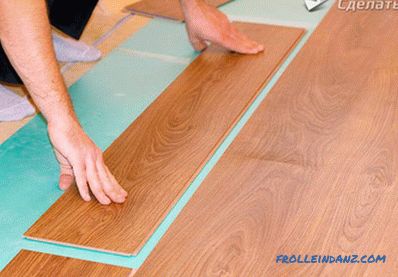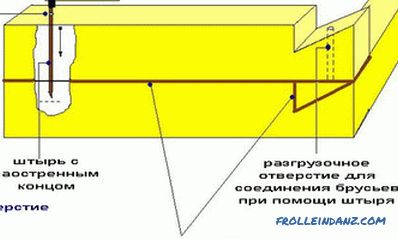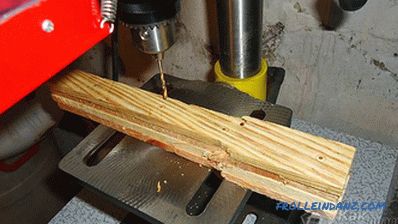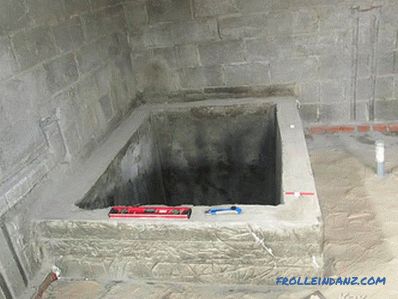Decorative decoration of rooms, as is known, implies the mandatory preparation of wall surfaces for applying one or another type of finishing material to them. Such preparation is usually carried out using a so-called primer, which penetrates deep into the pores of the treated surface and contributes to an increase in adhesion (adhesion) to the finishing decorative coating. Before using a primer, you should familiarize yourself with its main types, as well as with the technique of applying to the surface to be treated.
Advantages of using a primer
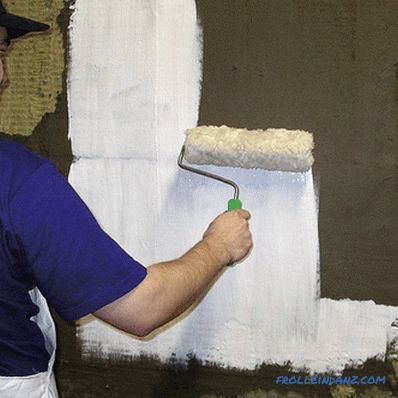 Advantages of using a primer
Advantages of using a primer
But first of all, let's consider the additional benefits that this procedure gives us:
- walls treated with a primer will be reliably protected from damage that can be caused by removing old wallpaper, for example;
- such a coating contributes to a more uniform distribution of working materials applied to the surface (putty, plaster or paint);
- the primer layer protects the batyvaemuyu surface appearance of fungus on it, corrosion and mold
- certain types of primers can also be used as leveling compositions.
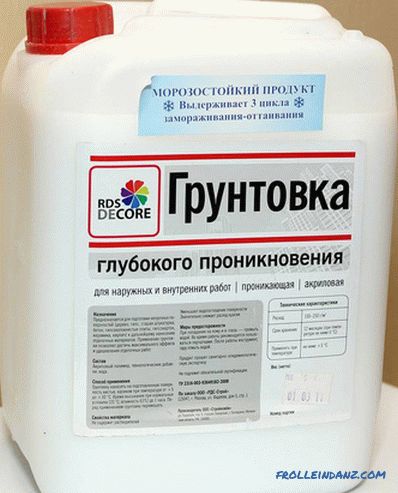 Deep penetration primer
Deep penetration primer
Please note that there are two types of primers differing in their intended purpose. A standard hardening compound (primer) is usually applied to plastered surfaces, if necessary, to paint the walls or before pasting them. The primer of deep penetration, relating to building materials of a high price category, is used most often for facade works, to the quality of which special demands are made.
Types of primers
 Variety of choices
Variety of choices
By type of base used for cooking primer mixture, all known compounds of this class are divided into the following groups:
- Acrylic mixtures, most of all suitable for use in everyday life. During their preparation, the initial dry powder is simply diluted with water, after which the resulting composition is applied to the surface to be treated.
- Alkyd formulations made on the basis of an alkyd resin and most commonly used to protect wooden surfaces.
- Special primers for metal, the choice of which is determined by the type of metal surface.
- Primers for concrete, used when applying enamel coating.
Video
A few tips on choosing a primer:
How to apply a primer
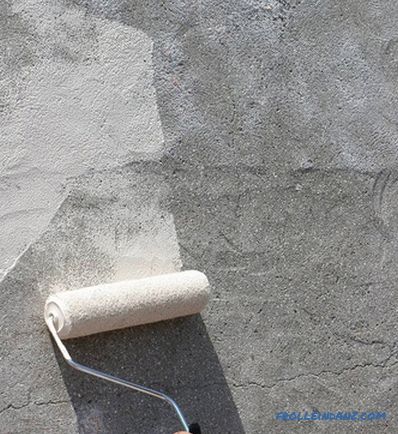 How to primer
How to primer
As it is necessary to use a primer, be sure to use the technique of its application - we suggest that you briefly familiarize yourself with the procedure for the operations performed at that.
First of all, you need to worry about preparing the very foundation to which you are going to apply the primer.
When preparing the surface for applying a primer, it is necessary to get rid of the remnants of the old coating using a large skin or a metal spatula, at the same time eliminating all the irregularities on the surface, as well as traces of grease, rust and dirt.
For subsequent operations, you will definitely need the following tool:
- two rollers used for applying a primer (with a short and long handle);
- narrow brush used in hard to reach places;
- spatula with a wide working part.
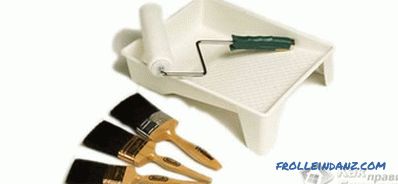 What you need to use
What you need to use
Before you start work, pour into a suitable container necessary for work amount of primer mixture. Her concentrate is diluted, as a rule, in accordance with the instructions given in the instructions for use.
Then, carefully dipping the roller with a long holder into the ready-mixed mixture, evenly “roll” the entire surface to be treated. In the case of preparation of a thick mixture, it will be wiser to use a wide spatula. Corner spaces and hard-to-reach sections of the walls located behind the batteries are processed with a rough brush with a narrow working part.
Video
You can find out more about using a primer by watching the following video:
